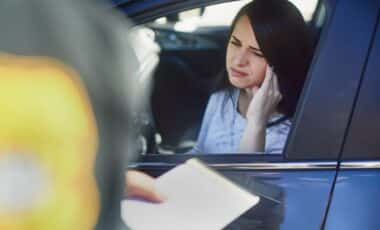Taxpayers across Australia are preparing for the end of the financial year, now just nine weeks away, prompting a fresh reminder from the Australian Taxation Office (ATO). Close to nine million Australians are expected to lodge work-related expense claims, typically averaging about $3,000 each.
In a report published by Yahoo Finance, it was noted that the ATO is urging caution but providing minimal new guidance beyond emphasizing existing rules.
As tax time approaches, Australians are being encouraged to double-check their eligibility, ensure proper documentation, and avoid common mistakes that could trigger audits or result in rejected claims.
Three Key Requirements for Claiming Expenses
The ATO outlined three strict conditions for claiming work-related expenses. Firstly, individuals must have personally spent the money and must not have been reimbursed. Secondly, the expense must directly relate to earning income. Thirdly, they must have a record to prove the expense, usually a receipt.
Incorrect claims remain a significant focus for the ATO. Rob Thomson, Assistant Commissioner at the ATO, highlighted that this area is something taxpayers are “most likely to get wrong”.
Exceptions Where Receipts Are Not Required
There are some circumstances where receipts are not necessary. If total work-related expenses are $300 or less, detailed evidence is not required.
Similarly, for car expenses claimed using the cents per kilometre method, and for working from home costs claimed using the fixed rate method, individual receipts are not mandatory.
Tax experts like Miriam Holmes, founder of Fab Tax Accountants, have provided a detailed breakdown of major expenses that can be claimed without receipts. Mark Chapman from H&R Block has also compiled a guide outlining common claims across different professions.
Changes to Work-From-Home Claims
The ATO recently confirmed an update to the work-from-home fixed rate, increasing it from 67 cents to 70 cents per hour. This adjustment is effective from July 1, 2024.
“The rate has been updated based on Australian Bureau of Statistics data for relevant expenses included in the rate,” A spokesperson said. They also clarified,
“The update to the rate does not alter the expenses included under the method or eligibility criteria.”
Record-Keeping for Work-From-Home Expenses
To use the updated fixed rate method, taxpayers must maintain accurate records of the actual number of hours worked from home.
Acceptable forms of evidence include a calendar, diary entries, or a spreadsheet. In addition, copies of bills for extra running costs, such as electricity and internet, should be kept to support the claim.
For those who prefer not to use the fixed rate method, the actual cost method remains an option. This requires detailed records for each individual expense incurred while working from home, potentially leading to larger deductions but involving more extensive documentation.









